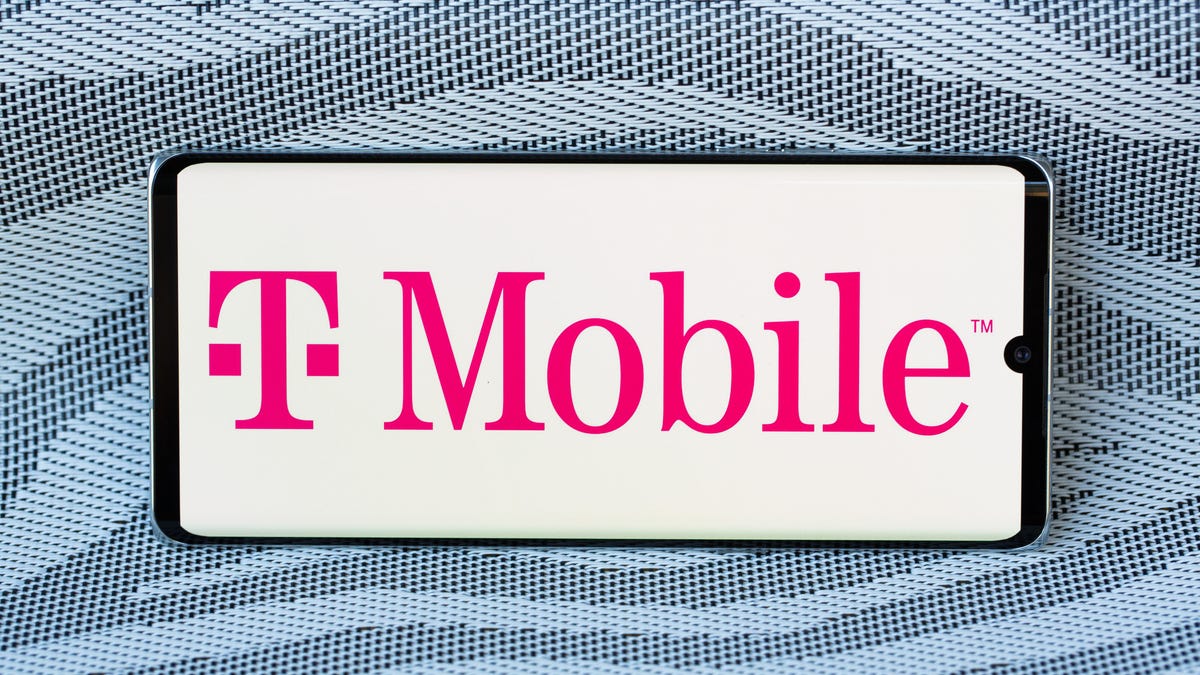T-Mobile continues to add subscribers as first-quarter earnings beat estimates
The carrier's growth streak keeps going.

T-Mobile topped analyst estimates for the first quarter of 2021, as the company continues to add subscribers and build out its 5G network.
On Tuesday the nation's second-largest carrier reported earnings per share of 74 cents on revenue of nearly $19.8 billion. Analysts, as polled by Yahoo Finance, were expecting earnings per share of 57 cents and revenue of $18.9 billion.
The carrier added 1.4 million customers, with a postpaid net addition of 1.2 million. Of that postpaid group, 773,000 were phone subscribers. Postpaid customers, who pay at the end of the month, are valued more highly by the investment community as a key metric for wireless carrier success.
The first-quarter results come after a strong close to 2020 for T-Mobile, which reported in February that it had added 824,000 phone customers in the fourth quarter. The company now has 103.4 million customers, as it continues to grow following a busy year that also saw the transition to Mike Sievert as CEO and the completion of its merger with Sprint .
T-Mobile has been working to move customers from Sprint's older network to its own. Last month it introduced new plans to help migrate Sprint users, and the carrier now says that nearly 50 percent of Sprint customer traffic has been moved to T-Mobile's network, while roughly 20% of Sprint users have moved onto T-Mobile's network.
The carrier says that it now expects greater "synergies" from the merger, raising 2021 guidance to between $2.8 billion and $3.1 billion. The company previously expected synergies of $2.7 billion to $3 billion. Sievert tells CNET that the company remains "on track" to shut down Sprint's older 3G CDMA network "around January" of 2022.
The legacy Sprint network has been in the news lately, as Dish uses it to provide some service to Boost Mobile customers. Dish acquired Boost Mobile -- and gained the ability to use T-Mobile's network for seven years while it builds out its own 5G service -- as part of the conditions for the government allowing T-Mobile's merger with Sprint to proceed.
Last week Dish co-founder Charlie Ergen equated T-Mobile's plan to shut down the CDMA network on Jan. 1 to the Dr. Seuss character The Grinch, noting that by turning off the older network it would be in essence shutting down older Boost phones.
Per Fierce Wireless, T-Mobile says that nothing has changed on its end and that Dish was aware of the shutdown as part of the merger agreement and that it gave notice in October 2020, well ahead of the six months it's required to do by contract. On Tuesday, Axios reported that Dish was taking its case to Congress.
For his part, Sievert reiterated to CNET that the company is making sure its Sprint customers with older phones will have the proper devices. "It's our responsibility to upgrade Sprint customers, our branded customers, and we're taking care of that," he said, noting the carrier's recent promotion for free 5G phones. "We want to make sure that not one single Sprint customer is left behind because this technology transition is important."
In addition to providing the updated financials, T-Mobile says its Extended Range 5G low-band network now covers 295 million people, while its faster midband 5G offering (part of what it calls Ultra Capacity 5G) reaches 140 million people. The carrier has said that it plans to cover 200 million people with midband 5G by the end of 2021.

